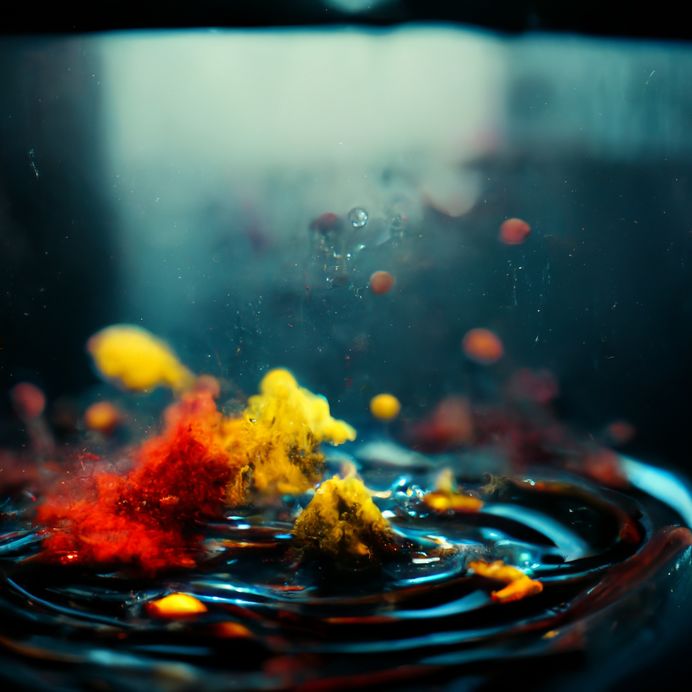Maintaining a high-purity water system requires careful attention to many important steps, but one of the most critical is undoubtedly the process of sanitization. Proper sanitization is essential for removing any potential contaminants that may be present in the system, and it involves a rigorous cleaning process that must be carried out regularly and with great care. By ensuring that your water system is properly sanitized, you can help to safeguard against the risk of contamination and ensure that your water supply remains pure, safe, and reliable for your specific needs.
The contaminants that could be lurking in your high-purity water system.
Germs are microorganisms that can grow and multiply in various environments, such as water systems. Water, especially stagnant or untreated water, can provide a favorable habitat for germs to thrive. Water that is not treated adequately may compromise its purity, making it unsafe for consumption or use. Germs present in water can pose a significant threat to your organization’s operations. They can cause illnesses, infections, and other health problems. Moreover, contaminated water can damage equipment and disrupt processes, leading to significant losses for your organization.
These germs, known as bacteria, fungi, and amebas, often form a collective known as a biofilm. This biofilm secretes a sticky, viscous substance that enables the microorganisms to attach to different surfaces within the water system. The slimy substance acts as a protective layer that shields the microorganisms from water treatment chemicals such as chlorine, which can potentially kill them. The biofilm’s ability to safeguard microorganisms allows them to thrive and proliferate, posing a threat to the water purification system and outputting contaminated water.
Sanitization and maintenance is the best way to prevent and combat germs and prevent the growth of protective biofilm.
Water purification systems and distribution loops require proper sanitization to prevent the growth of biofilm, which can lead to the formation of microorganisms that contribute to particulate, bacteria, and total organic carbon levels. This is especially important for high-purity water systems, where even small amounts of contaminants can have a significant impact. Procedures in healthcare facilities, such as surgeries, medical tests, and other interventions, are at risk of being compromised due to small amounts of contaminants. Similarly, test results obtained from water used in data centers can be compromised, leading to inaccurate data and potential system failures. Additionally, sanitation efforts in pharmaceutical facilities can be compromised, leading to contamination of equipment and products, which can have serious health consequences for consumers.
How does Neu-Ion approach sanitation and maintenance of high-purity water systems?
At Neu-Ion, we take the sanitization and disinfection of high-purity water systems seriously. As a part of our process, we utilize Minncare® Cold Sterilant, a peracetic acid solution. Minncare® Cold Sterilant is an effective solution that guarantees a 6-log reduction of bacteria without generating toxic aldehyde vapors, which can be harmful to humans. This solution is eco-friendly, biodegradable, and completely rinses out of the high-purity water system without leaving any residue behind.
We understand that biofilm issues can be a challenge that affects your entire business’s operations, which is why we take a proactive approach to identifying and addressing these concerns. If you want to know more about our sanitation and disinfection efforts, or if you have any questions about how we approach biofilm issues, please do not hesitate to get in touch with a Neu-Ion sales representative. We are always happy to help.
